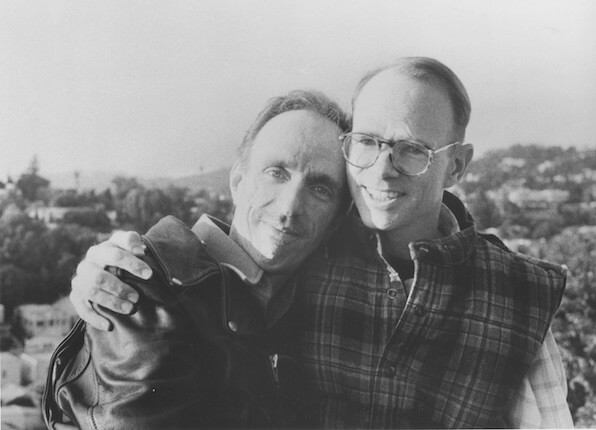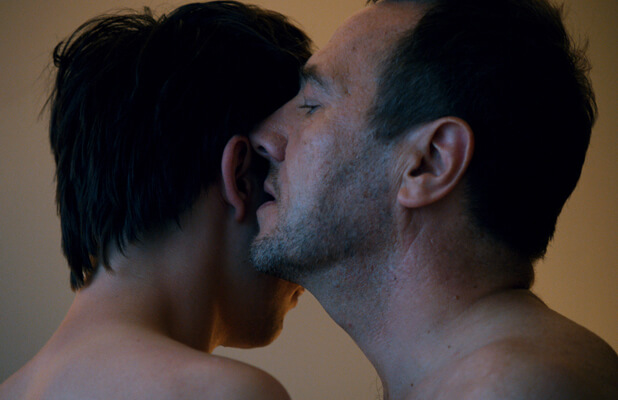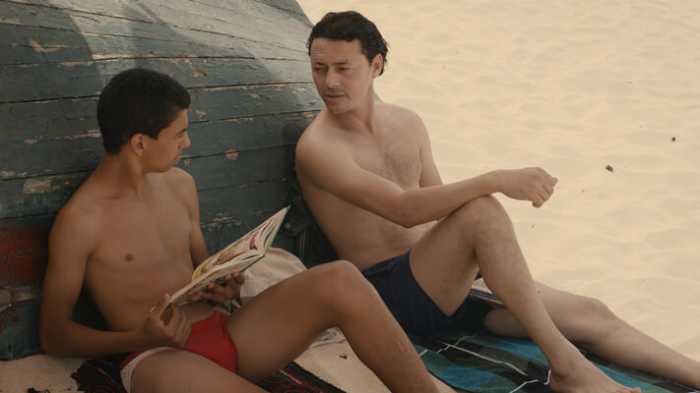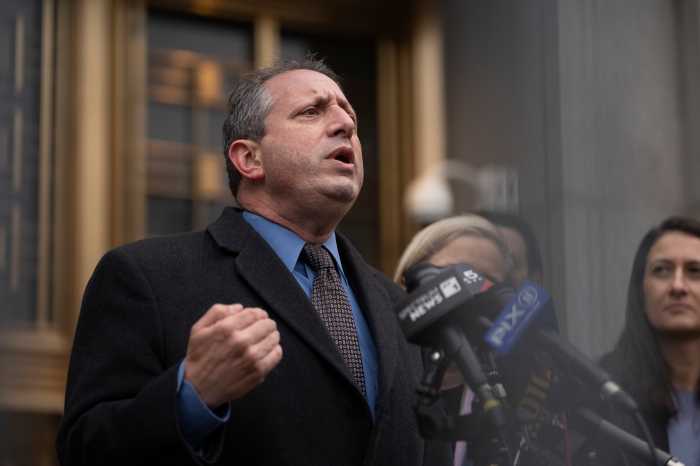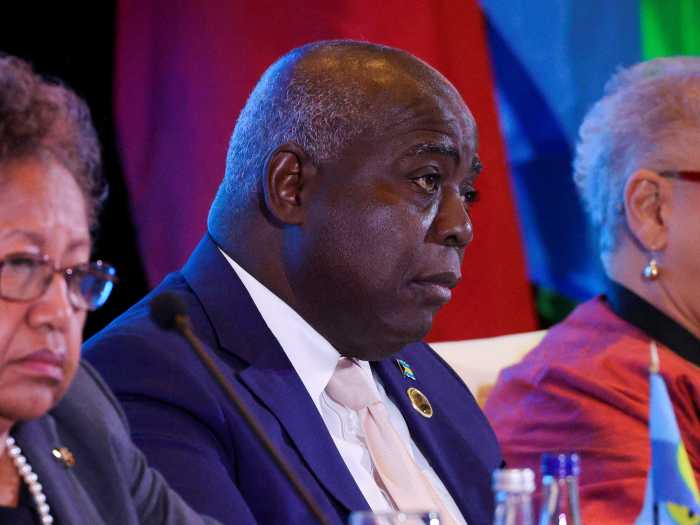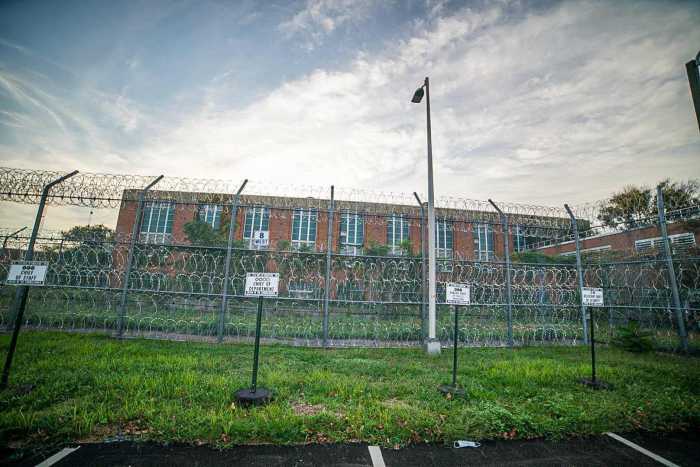Mark Massi and Tom Joslin in Joslin and Peter Friedman's “Silverlake Life: The View from Here,” screening as part of “Film Comment Selects” at the Film Society of Lincoln Center on February 25. | FILMLINC.COM
The “Film Comment Selects” series at the Film Society of Lincoln Center is having a 25th anniversary screening of “Silverlake Life: The View from Here” on February 25 at 4:30 pm.
This powerful documentary, co-directed by Tom Joslin and Peter Friedman, was filmed in 1990, but released in 1993. It candidly presents the lives of Joslin and his partner, Mark Massi, both of whom have AIDS. The film won the Grand Jury Prize at the Sundance Film Festival that year.
“Silverlake Life” started as a video diary Joslin was making about Massi and their lives together. Friedman was his student and was asked to complete the project when Friedman was unable to finish it.
Lincoln Center honors the 25th anniversary of a filmmaker’s documentary of his own demise
Wisely, the filmmakers do not discuss how the men contracted HIV. It is living with the virus that is the central focus here. The early scenes provide a strong sense of the relationship Tom and Mark share and what their daily lives are like. The couple, who had been together 22 years at the time the film was made, are intimate and engaging. But they also face difficulties with simple tasks. When Tom goes to the store to run an errand, he is next seen lying in his car, catching his breath. He explains that he needs to rest from the exertion. When he says, “What a way to live! What a way to die!,” it is an emotional moment.
Clips from Joslin’s 1977 film, “Black Star: Autobiography of a Close Friend,” are featured as they introduce his parents. In that film, Tom grills his mother and father on camera about their attitudes toward his sexuality as well as their impressions of Mark. Their honest responses can be measured against their attitudes a dozen years later, when they are back on screen in this, Tom’s next film. Those early attitudes provide context for the scenes in “Silverlake Life” that depict Tom’s parents and family reacting to his illness and death, as well as to Mark’s role as their son’s caregiver.
It is not really a spoiler to reveal that Tom dies during the course of the filming. (Mark passed away exactly one year after Tom, on July 1, 1991). The scenes of Tom’s last month of life, which involve Mark feeding and tending to his dying partner’s needs, are especially difficult to watch, as are the shots of Tom’s skeletal corpse.
But “Silverlake Life” is important for putting a face on what life was like for people with AIDS back in 1990, when the epidemic still had little visibility among the wider public and treatment hopes seemed dim. In 1993, there were so few films about HIV/ AIDS that it was particularly eye-opening to have such a revealing portrait of a couple dealing with the virus and its terrible toll.
What makes the film poignant today, in an age when AIDS is manageable, is watching both men respond to the challenges they face. There are scenes of Tom and Mark visiting an herbalist — Mark is later seen making his own pills— as well as both medical doctors and healers. Mark talks in a confessional tone about the shame he feels about his body, which is covered with KS lesions. He accepts having to swim in a T-shirt so as not to upset other people by exposing his condition. Mark also describes, in evident agony, a painful lesion on Tom’s eyelid.
“Silverlake Life” has its upbeat moments. A scene of Mark dancing to Johnny Clegg & Savuka’s “Take My Heart Away” is enchanting, and when Mark films Tom sitting on their balcony he humorously observes that his partner is off “on a fabulous ocean cruise.” Mark even manages a darkly funny joke when he puts Tom’s ashes in an urn. Though much of the film has a somber tone, it is also life-affirming.
Perhaps the most telling insights come during a session the couple has with a therapist. Mark is focused doing what he can to mitigate the threat posed by the virus, while Tom talks about making the most of the time he has left before AIDS ravages his body. Still, when Tom admits he is “not much of a participant in life anymore,” it is heartbreaking because viewers have seen footage of him as a vibrant, outgoing, fun-loving guy. Here we see people confronting death when faced with it head-on.
The survivor’s guilt Mark expresses at Tom’s passing in several of the film’s moments is also deeply moving. The natural and relatable nature of the couple’s relationship will likely induce tears in many viewers.
“Silverlake Life” was an important document in its day, and it remains a timely reminder of how life was and, sadly, too often can be.
SILVERLAKE LIFE: THE VIEW FROM HERE | Directed by Tom Joslin & Peter Friedman | Docurama |Film Society of Lincoln Center, Walter Reade Theater, 165 W. 65th St. | Feb. 25 at 4:30 p.m. | “Silverlake Life” will be introduced by Lesli Klainberg, executive director of the Film Society of Lincoln Center $15; $12 for students & seniors at filmlinc.org/films/silverlake-life-the-view-from-here

